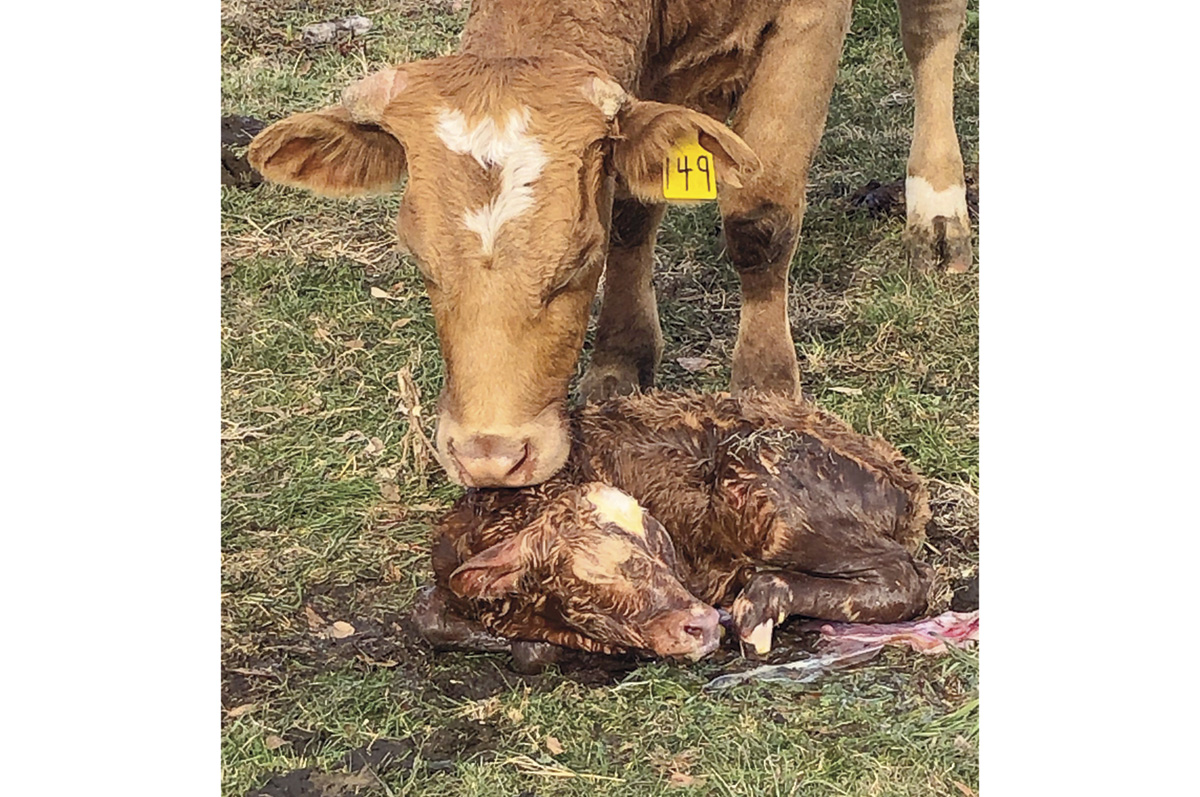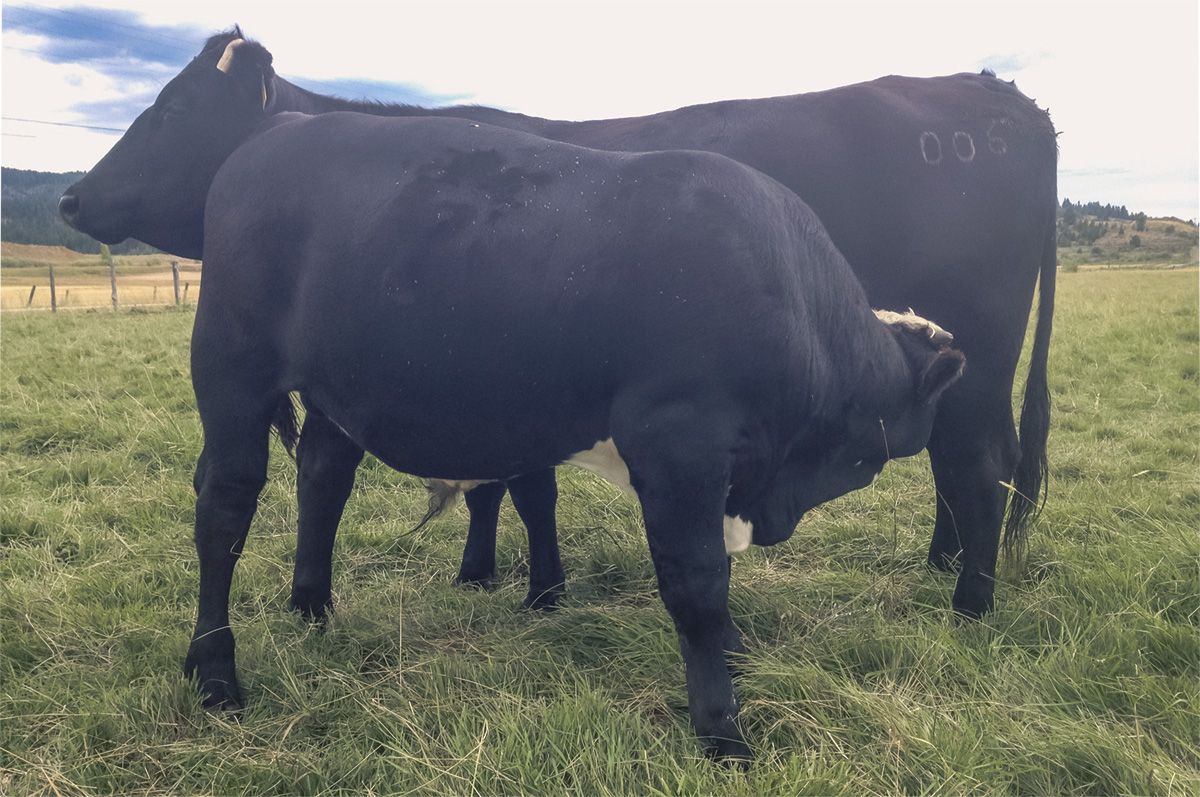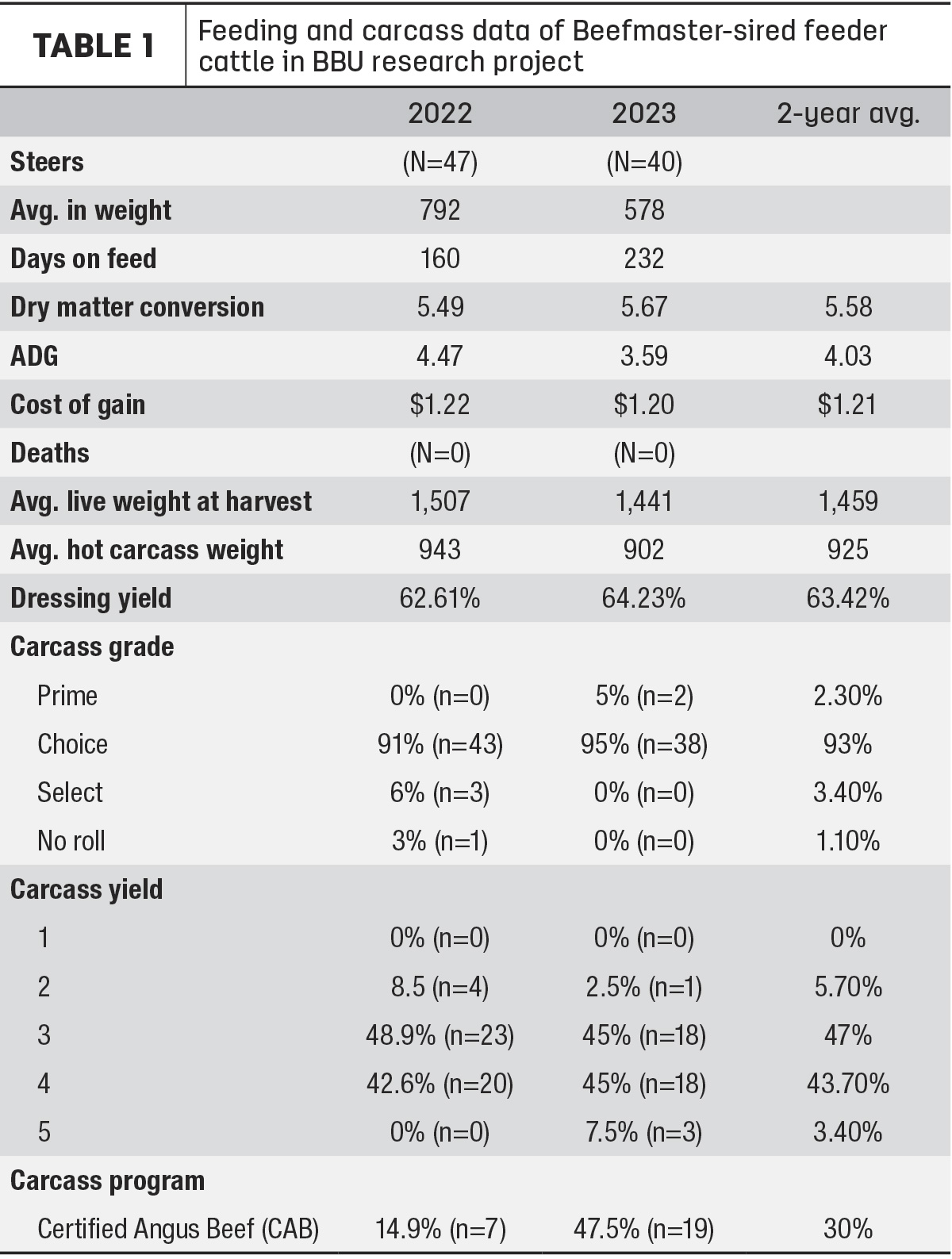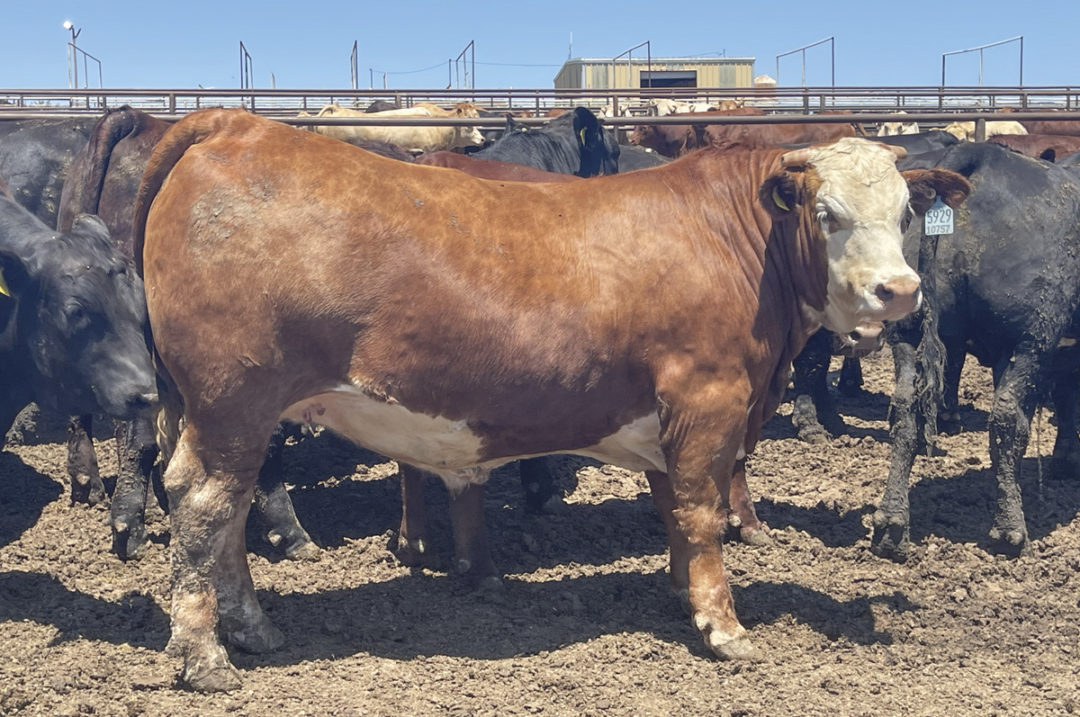When South Texas cattleman Tom Lasater began systematically crossing Hereford, Shorthorn and Brahman cattle on his ranch in the early 1930s, he didn’t intend to develop a fully recognized breed. His purpose was to develop cattle that were more productive in the harsh South Texas environment than existing breeds – cattle that would produce and make money during economically hard times.
The eventual result, achieved after years of selective breeding, careful experiments and aggressive culling of unwanted animals, was the Beefmaster, a synthetic breed genetically composed of about 50% Brahman, 25% Hereford and 25% Shorthorn blood. Beefmaster was recognized by the USDA as a pure breed in 1954.
The six essentials
Whether raising Beefmaster cattle or not, producers would do well when making breeding and selection decisions to consider the foundational principles Lasater and Beefmaster breeders since have focused on. Known as the “six essentials,” selection for these traits can improve profitability of any herd or breed in any location: disposition, fertility, weight, conformation, hardiness and milk production. Lasater’s concept was that producers should select for cattle only based on these six traits of economic relevance, to the exclusion of many traits that other breeds had expended genetic energy on.
1. Disposition
Gentle cattle handle better, breed better, feed better, slaughter better and generally are nicer to spend time with than wild, nervous or ill-tempered cattle. Part nature and part nurture, that bad behavior does not belong in our herd. You’ll find that if you eliminate the worst offenders, the rest of the cattle quickly settle down, likely reducing hospital and fence bills. The producer’s handling of cattle will affect the disposition of the animals. Having a good disposition to start with will make the process easier.

There is no more profit-related trait in beef cattle than fertility. If a cow doesn’t produce a calf, she can only cost you money. Photo by Virgil Tucker.
2. Fertility
Fertility is the most important economic trait that should be considered in selection of beef cattle. Females two years and older should wean a good calf every year under natural conditions. Any animal that doesn’t should be culled. Heifers should be ready for their first mating at 12 to 15 months old. All age groups in a herd should be able to be bred within a 60- to 90-day window. Each female must become pregnant and wean a calf or, if not, be culled.
On the bull’s side, fertility means the ability to cover the most cattle during the breeding season. Just like with cows, bulls need to earn their keep in your herd. Their genetic potential means nothing if it’s not being passed on to enough offspring. This emphasis on fertility will lead to increased profits.
3. Weight
The focus on weight seems obvious. Cow-calf operations sell pounds of beef; the heavier a calf is when it is marketable, the more profitable. Weaning weight largely reflects the milking ability of the dam but is also an indication of the calf’s own growth potential.

Weaning weight is a reflection of both the calf’s growth potential and the dam’s milking ability. Photo by Virgil Tucker.
4. Conformation
There has been a lot of work done by Beefmaster Breeders United (BBU) and its breeders over the years to look at carcass traits that help to determine the breed’s place in the beef industry. A research project focused on carcass traits has been conducted by BBU over the past two years, and it will be continued with underwriting by the Beefmaster Educational Endowment Foundation.
“When one thinks of Beefmaster cattle, the first thing that comes to mind is a maternal machine that was developed with the six essentials,” says BBU Executive Vice President Joe W. Mask. “The purpose of [our] carcass research study was to determine the carcass quality of Beefmaster-sired steers and to observe the sustainability of Beefmaster cattle in the feedyard.”
The cattle on feed were Beefmasters sired out of Lasater En Fuego, owned by Isa Beefmasters, and Collier 955/5, owned by Jim Colvin. There were also some out of English breed females, owned by the Noble Foundation. BBU purchased the steers and retained ownership through the feeding program. The cattle were fed at NextGen Riverbend Feedyard in Hugoton, Kansas. The study’s data from 2022 and 2023 can be seen in Table 1.
While this study is specific to Beefmaster-influenced calves, gathering similar data can improve breeding and selection utilizing any beef breed.

5. Hardiness
Hardiness is a genetic trait that can be measured by continued production and longevity. Hardy cattle have the ability to stay healthy and produce under all conditions and in different climates with very little assistance. The goal is to select for individual animals that can carry on their production year after year with minimal assistance. A bull must remain attentive and fertile and be able to cover cows for several years.
6. Milk production
Cows are selected for milk production by evaluating the weaning weights of their calves. More milk means heavier calves at weaning. A profitable cow must suckle her calf for seven months or more and maintain her own body condition. Udders have a big influence on milk production and should be well-developed with uniform teats.
Bulls from a carefully selected herd are likely to breed offspring with good milk production and should transfer the characteristics they inherited from their mothers to their offspring.
Regardless of what cattle work best on your particular operation, any breed or herd can benefit from keeping the high standards of the six essentials.
References omitted but are available upon request by sending an email to the editor.








